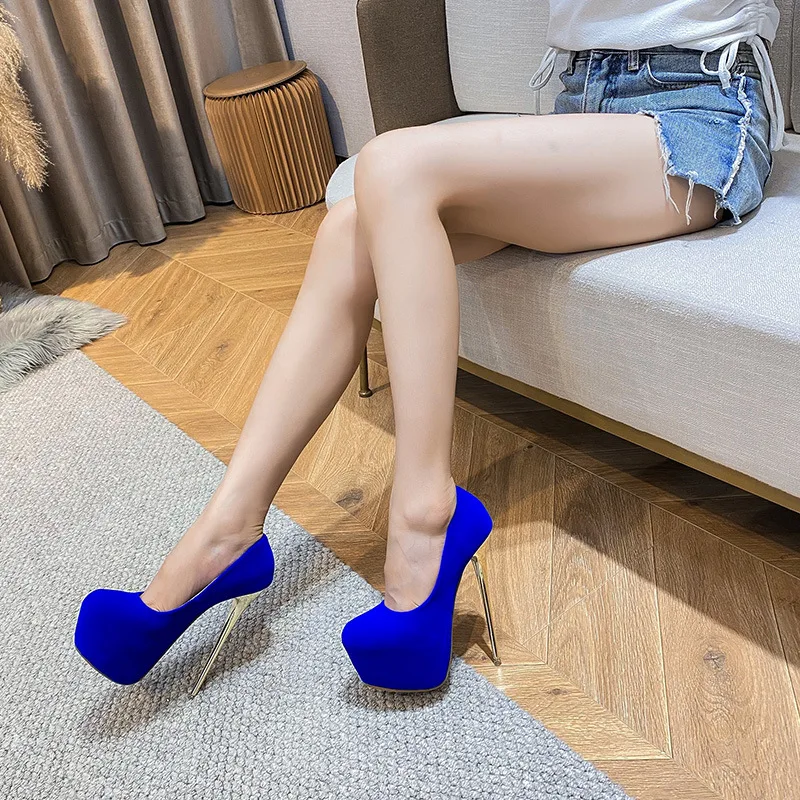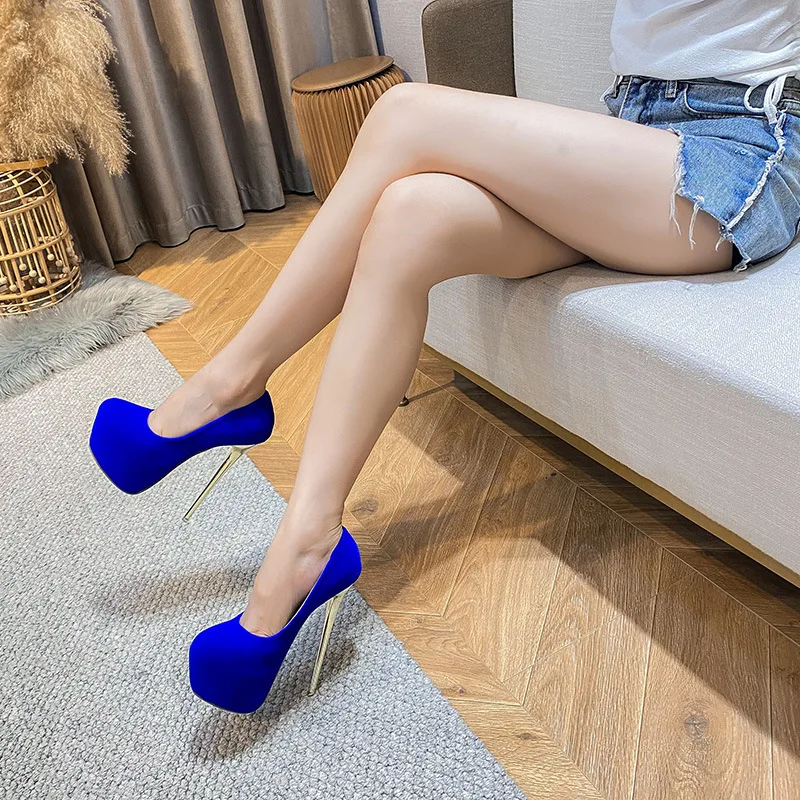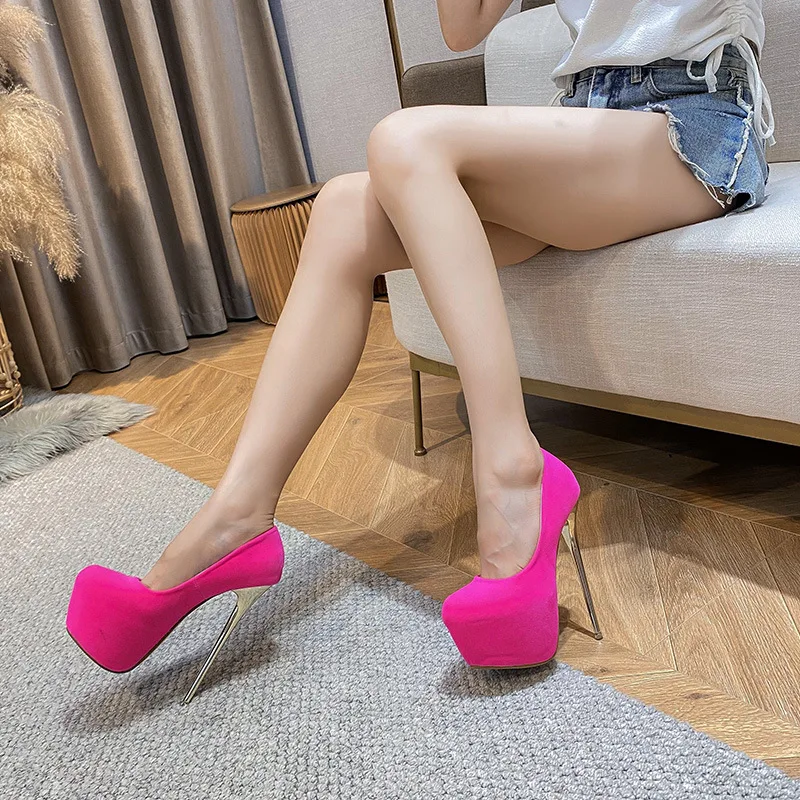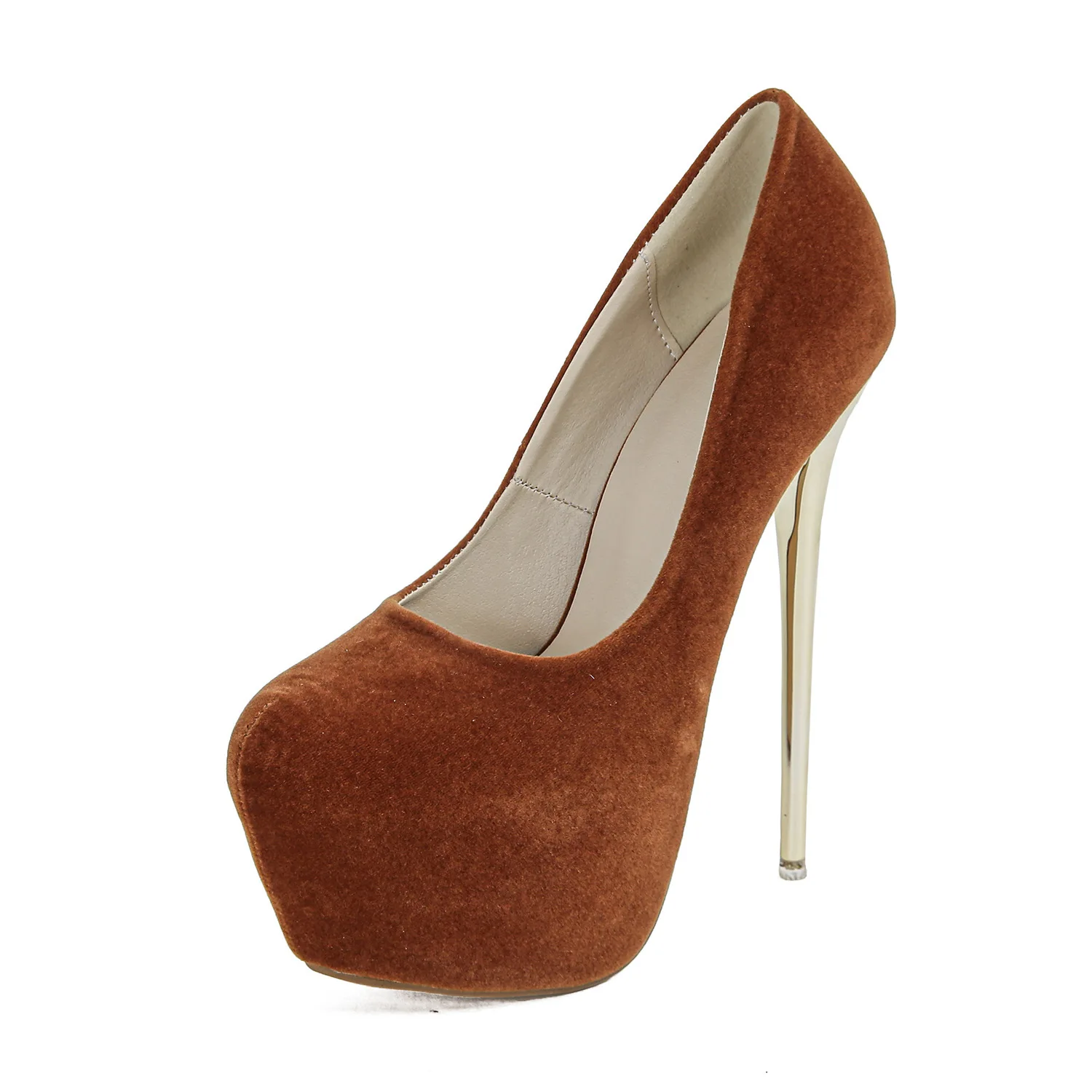Introduction
High heels have been a significant part of women’s fashion for centuries. They are more than just a type of footwear; they represent a blend of style, social status, and sometimes even empowerment. However, the impact of women wearing high heels is multifaceted. It includes aspects of fashion, comfort, health, and societal expectations. This article explores these dimensions in detail, shedding light on why high heels continue to be a popular choice despite their complexities.

The Evolution of High Heels
Historical Background and Significance
High heels have a rich history that dates back to ancient civilizations. They originated in Persia around the 10th century, where they were initially worn by horseback riders. The purpose was practical: the heels helped keep the rider’s feet in the stirrups. As these heels traveled to Europe, their role shifted from a functional tool to a symbol of status and elegance.
In the 17th century, high heels became a fashion statement among European aristocrats. Both men and women wore them, but as time progressed, they became more associated with women’s fashion. High heels in this era were a sign of wealth and class. They were elaborately designed and made from luxurious materials.
By the 19th and 20th centuries, high heels evolved into a symbol of femininity and sophistication. Designers like Christian Dior and Manolo Blahnik transformed high heels into essential elements of women’s wardrobes. They became not just a trend but a staple of formal and everyday wear, symbolizing both beauty and status.
The Rise of Modern High Heels
The modern era saw high heels become more diverse in design and purpose. From stilettos to wedges, the variety of styles has grown significantly. Designers continue to innovate, offering heels that blend fashion with function. This innovation includes the introduction of platforms and block heels, which provide more stability and comfort compared to their predecessors.
Today, high heels are not just about fashion. They represent personal style and individual expression. Women wear them to make a statement, boost confidence, or simply feel more elegant. The versatility of high heels allows them to be worn in various settings, from professional environments to casual outings, making them a vital part of contemporary fashion.
The Fashion Appeal of High Heels
Enhancing Posture and Silhouette
High heels have a unique ability to alter a woman’s posture and silhouette. When worn, they change the alignment of the spine and the positioning of the pelvis. This shift can create a more elongated and refined appearance. The lift provided by high heels often results in a straighter posture, which can enhance the overall look of any outfit.
This physical transformation is not just about aesthetics. Many women report feeling more confident and poised when wearing heels. The way high heels accentuate the legs and the way they change the natural curve of the body contribute to a sense of empowerment and grace. As a result, high heels often become a preferred choice for formal events, professional settings, and even casual occasions.
Versatility in Fashion
One of the main reasons high heels remain popular is their versatility. They can be paired with a variety of outfits, from elegant evening gowns to chic office wear. High heels come in numerous styles and designs, which means there is a perfect pair for almost any occasion. Whether it’s a pair of sleek stilettos for a night out or comfortable block heels for a day at the office, the options are endless.
Designers and brands continuously create new styles, ensuring that high heels evolve with fashion trends. This constant innovation keeps high heels relevant and desirable. The ability to mix and match heels with different outfits allows women to express their personal style and stay fashionable across various settings.
Comfort vs. Style: The Dilemma of High Heels
The Challenge of Comfort
While high heels are celebrated for their fashion appeal, comfort is a significant concern for many women. High heels can lead to a range of issues, from foot pain to long-term health problems. The elevated position of the foot places extra pressure on the toes and the ball of the foot. This pressure can result in discomfort and even cause conditions such as bunions or hammertoes.
Additionally, high heels can affect the alignment of the body. Wearing them regularly may lead to issues with the knees, hips, and lower back. The unnatural angle of the foot changes the way weight is distributed, which can lead to muscle strain and discomfort. Despite these challenges, many women choose to wear high heels because they value the style and confidence boost they provide.
Solutions for Improved Comfort
To address the discomfort associated with high heels, various solutions have been developed. Many women opt for high heels with added cushioning or supportive insoles. These features help alleviate some of the pressure on the feet and provide additional support. Brands have also started to focus on designing heels with more ergonomic features, such as padded straps and arch support.
Moreover, choosing the right size and fit is crucial. Ill-fitting heels can exacerbate discomfort and lead to foot problems. Women should ensure their heels are properly fitted and try on different styles to find what works best for them. Investing in high-quality, well-designed heels can make a significant difference in comfort levels.

High Heels and Health Implications
Short-Term Health Effects
Wearing high heels can have immediate health effects. Many women experience foot pain or discomfort shortly after putting on heels. Common issues include blisters, calluses, and corns. These problems occur because high heels can cause friction and pressure on specific areas of the feet.
Another short-term health concern is the risk of ankle injuries. High heels can affect balance and stability, increasing the likelihood of sprains or falls. The uneven distribution of weight also puts extra stress on the feet, which can lead to swelling and soreness.
Long-Term Health Consequences
The long-term health implications of wearing high heels are more serious. Prolonged use can lead to chronic foot problems, such as plantar fasciitis, which is an inflammation of the tissue on the bottom of the foot. High heels can also contribute to issues with the knees and lower back due to the altered body alignment they create.
Additionally, wearing high heels frequently can lead to changes in gait and posture. Over time, these changes can result in musculoskeletal problems and contribute to poor posture. It’s important for women who wear high heels regularly to be aware of these risks and take steps to mitigate them, such as incorporating stretching and strengthening exercises into their routine.
Social Perceptions and Cultural Impact
High Heels as a Symbol of Empowerment
High heels are often seen as a symbol of empowerment and confidence. Many women view them as a way to assert their style and presence. The act of wearing high heels can be empowering, as they help women feel more confident and assertive. This perception is reinforced by media and popular culture, where high heels are frequently associated with success and sophistication.
For some, high heels represent a form of self-expression and individuality. The wide range of styles and designs allows women to showcase their personal tastes and make a statement. The cultural association of high heels with elegance and authority further strengthens their role as a symbol of empowerment.
Criticisms and Changing Attitudes
Despite their positive associations, high heels have faced criticism for various reasons. Some argue that they perpetuate unrealistic beauty standards and place undue pressure on women to conform to certain ideals. The discomfort and health issues associated with high heels are also points of contention. Critics argue that the fashion industry should prioritize comfort and practicality alongside style.
In recent years, there has been a shift towards more inclusive and comfortable fashion choices. Brands are increasingly offering alternatives to high heels, such as stylish flats and low-heeled options. This change reflects a growing awareness of the importance of comfort and health in fashion. As societal attitudes evolve, the role of high heels may continue to change, balancing style with practicality.

Conclusion
High heels hold a complex and multifaceted place in women’s fashion and society. They are celebrated for their fashion appeal, their ability to enhance posture, and their role in personal expression. However, they also come with challenges, including issues of comfort and health. As fashion continues to evolve, so too will the perception and role of high heels.
Understanding the impact of women wearing high heels involves recognizing both their benefits and their drawbacks. By addressing the comfort issues and exploring alternatives, women can enjoy the elegance and confidence that high heels provide while also taking care of their health. The ongoing dialogue about high heels reflects broader conversations about fashion, comfort, and empowerment, making it a topic of both historical significance and contemporary relevance.
